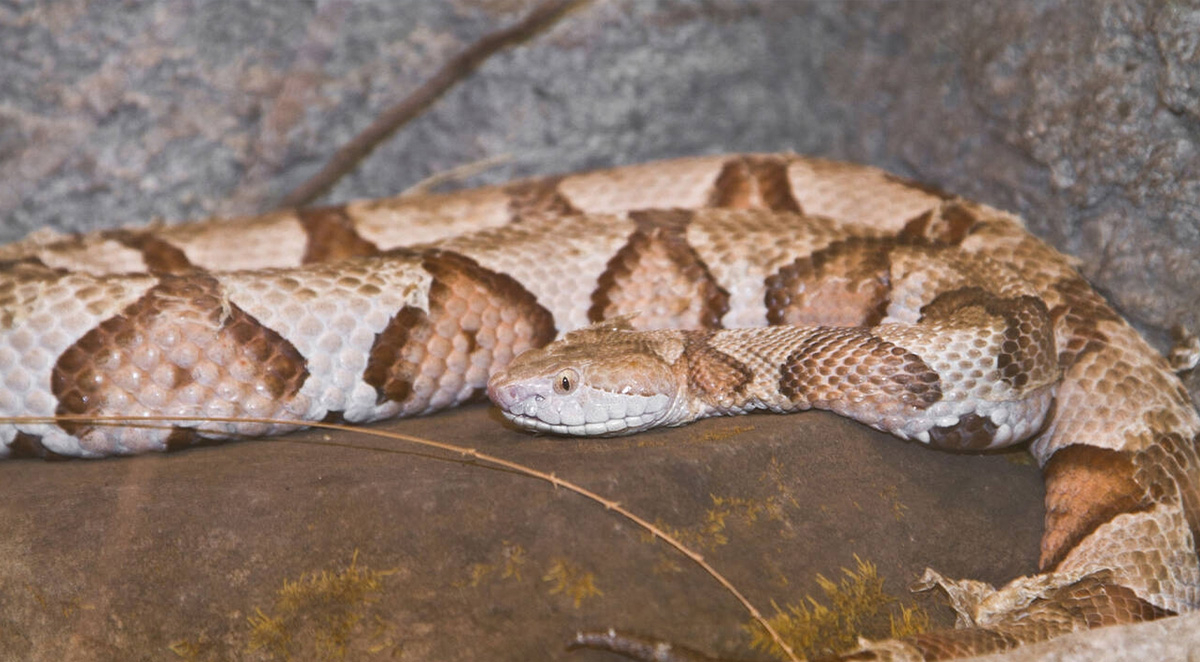As the seasons change across North Carolina, South Carolina, and Virginia, wildlife activity shifts in response. While many homeowners focus on snake encounters during spring and summer, fall and winter actually provide the perfect opportunity to implement preventative measures that will significantly reduce snake activity around your home when warmer weather returns.
Have you noticed tiny invaders marching across your countertops or gathering near damp areas of your home? Ant infestations are among the most common pest problems homeowners face across North Carolina, South Carolina, and Virginia. However, not all ants are created equal, and proper identification is crucial for effective treatment.
Have you ever returned home to find tiny invaders marching across your kitchen counter? Perhaps you've discovered them swimming in your pet's water bowl or creating intricate trails along your baseboards. These minuscule home invaders—sugar ants and pharaoh ants—are among the most persistent pests homeowners face in North Carolina, South Carolina, and Virginia.
Living in the beautiful Appalachian Mountains offers stunning views, peaceful surroundings, and a connection to nature that's hard to find elsewhere. However, mountain homeownership comes with unique challenges, including pest control concerns that differ significantly from those in flatter regions. Termites, in particular, pose special threats to mountain properties in areas like Boone, Blowing Rock, and other mountainous regions throughout North Carolina, Virginia, and South Carolina.
The combination of moisture patterns, temperature variations, construction methods, and the prevalence of wood in mountain homes creates a perfect storm of conditions that termites find attractive. Understanding these unique challenges is the first step toward protecting your mountain investment from these destructive pests.
As awareness of environmental issues continues to grow, many homeowners and businesses are seeking greener, safer alternatives in their daily lives—including pest control. Eco-friendly pest control methods offer a sustainable approach to managing pests, focusing on protecting both people and the planet. However, as with any solution, these methods come with their own set of advantages and challenges.





